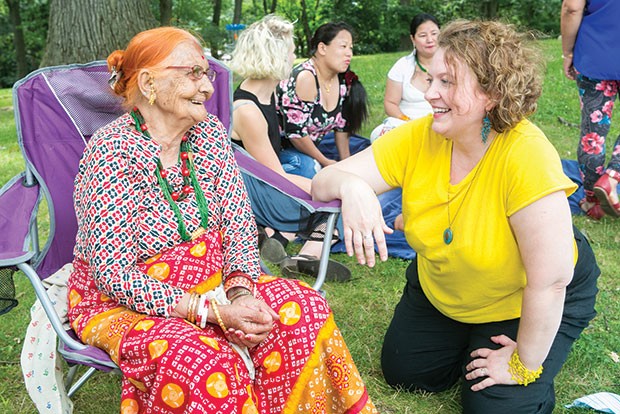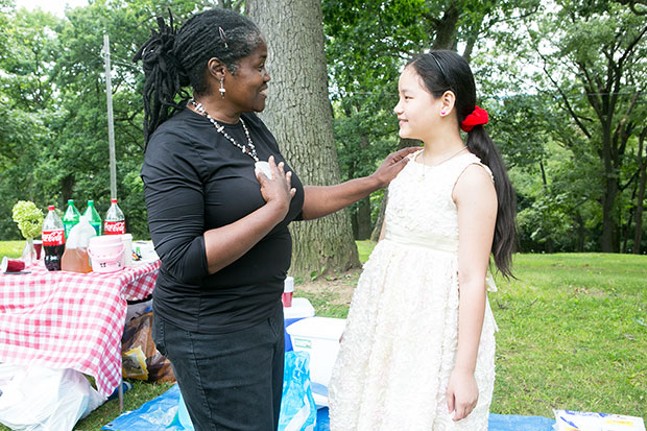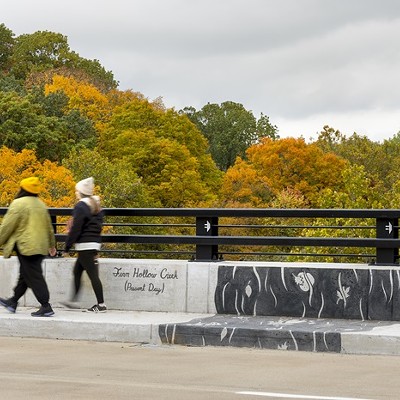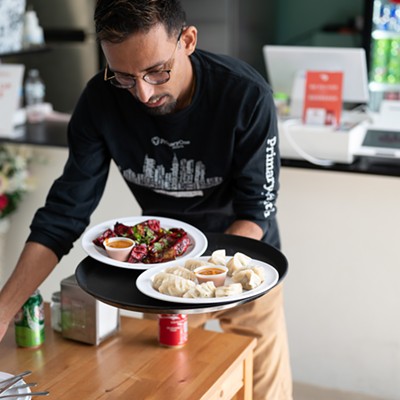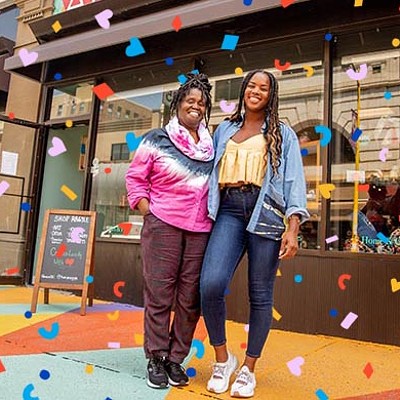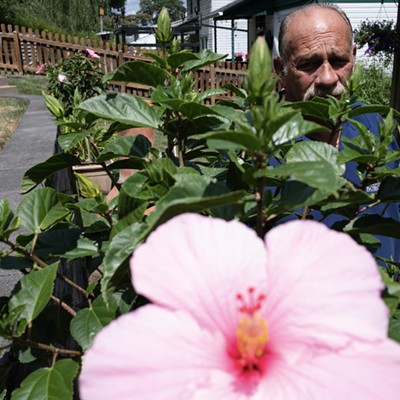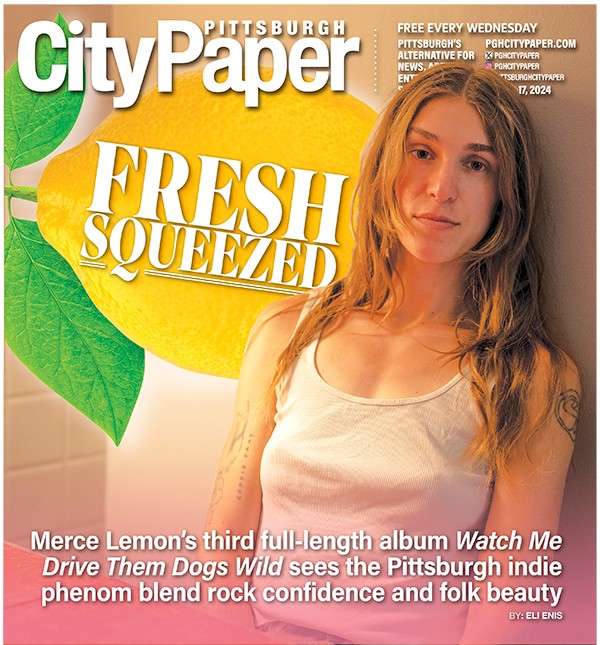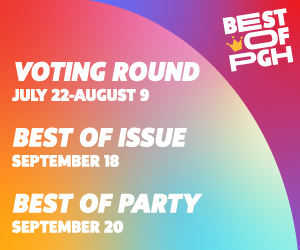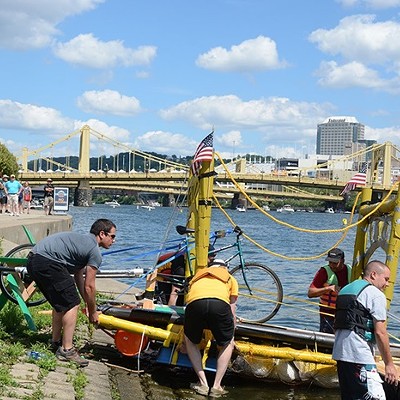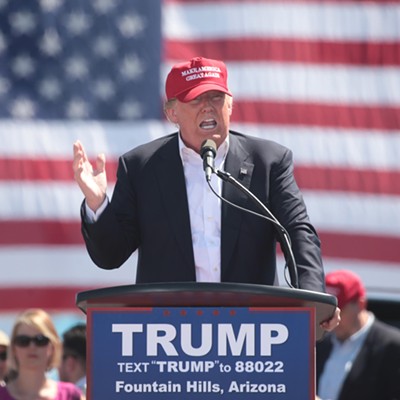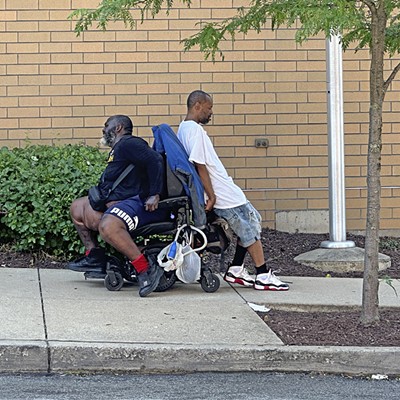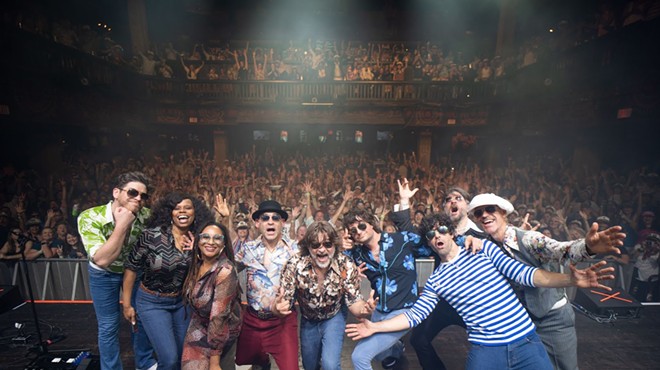Molly Rice is one of four artists spending time with Pittsburgh-based organizations that assist immigrant and refugee communities as part of the Office of Public Art Residencies project. Matched with the Northern Area Multi-Service Center, Rice, a playwright, has been keeping busy. Since April, she’s spent three days a week interacting with clients originally from countries including Somalia, Bhutan, Iraq and the Democratic Republic of Congo. By early July, she had already written about 70 pages of notes on her MacBook, on top of more notes, calendar entries and hours of audio recordings on her iPhone.
She’s learning a lot.
During the residency’s first year, artists shadow their respective organizations and form relationships with clients. The second year is spent actually creating the artworks. Until then, there won’t be a clear indication what the art will look like. Participating artists have backgrounds in playwriting (Rice), quilting and installation art (Christine Bethea), photography (Lindsey Scherloum) and printmaking (Mary Tremonte).
“There’s something incredibly valuable about inserting artists into communities in an in-depth way,” says Renee Piechocki, director of the city’s Office of Public Art, which is producing the residencies in conjunction with the city’s Welcoming Pittsburgh initiative and the Department of City Planning. Funding comes from from the National Endowment for the Arts’ Our Town program, the Fine Foundation, and the city.
On a sunny afternoon in July, Rice found herself at Allegheny Center Alliance Church, on the North Side. While NAMSC’s Nigel Naumann met with a family from Syria to provide resettlement services, Rice tagged along and made conversation. Later that day, she learned about an upcoming community day, so she added the information into her calendar app.
She spends a lot of time reflecting, too. “I try to write every day at the end of the day,” she says.
Artist Christine Bethea, matched with the Bhutanese Community Association of Pittsburgh, sat in on a civics class one day, and was surprised by gaps in her own knowledge.
“They’re learning stuff that we should probably know,” she says. “As citizens we’re allowed to be lax.”
Khara Timsina is BCAP’s civic-education and outreach manager and a co-founder of the organization. He was born in Bhutan in 1969 and lived in a Nepali refugee camp starting in the early ’90s. He became a teacher at the camp and taught a variety of subjects to children of a wide age range; eventually, he received a bachelor’s degree in education from Tribhuvan University, in Nepal. After 1997, he spent most of his time outside of the camp, but would often visit family there, he says. In 2009, he came to the United States, living first in New York City, and moving at the end of that year to Pittsburgh.
Timsina embraces the artist-residencies project. He believes it could provide an essential service for the community that BCAP serves.
“We were very much interested because art was something our community members did not enjoy, appreciate and even have the opportunity to learn,” Timsina says. “It was BCAP’s thought to bring the opportunity to the community, so we applied and were called for an interview.”
Piechocki acknowledges that the groups are taking a risk by giving the Office of Public Art so much access. “Their openness to welcoming an artist into their community is awesome,” she says.
A shadow over the public-art residencies involves divisive American attitudes over immigrants and refugees, thrown into sharp focus during last year’s presidential campaign and the early days of the Trump administration. But Piechocki notes that the project wasn’t a response to Trump: The Office of Public Art applied for the grant back in 2015. “It just so happened that the climate changed,” she says.
While the artists are approaching their projects with excited curiosity, there are challenges, especially language barriers. A moment that stuck out for Lindsey Scherloum, matched with the United Somali Bantu of Greater Pittsburgh, was when someone within the group told her, “It’s going to be very challenging for you.” To her, that was “his permission to struggle and mess up.”
It’s not just different languages that distinguish immigrants and refugees from people born in the U.S. “People in the U.S. are living in different realities because of different experiences and privileges,” says Mary Tremonte, the artist assigned to the Greater Pittsburgh Literacy Council, which works with immigrants from all over the world.
Looking ahead, it’s difficult to say what’s to come for the artists. The nature of the project is such that next week’s schedule is just as nebulous as next year’s.
“You just don’t know what you’ll be doing on a day-to-day basis,” says Bethea.

